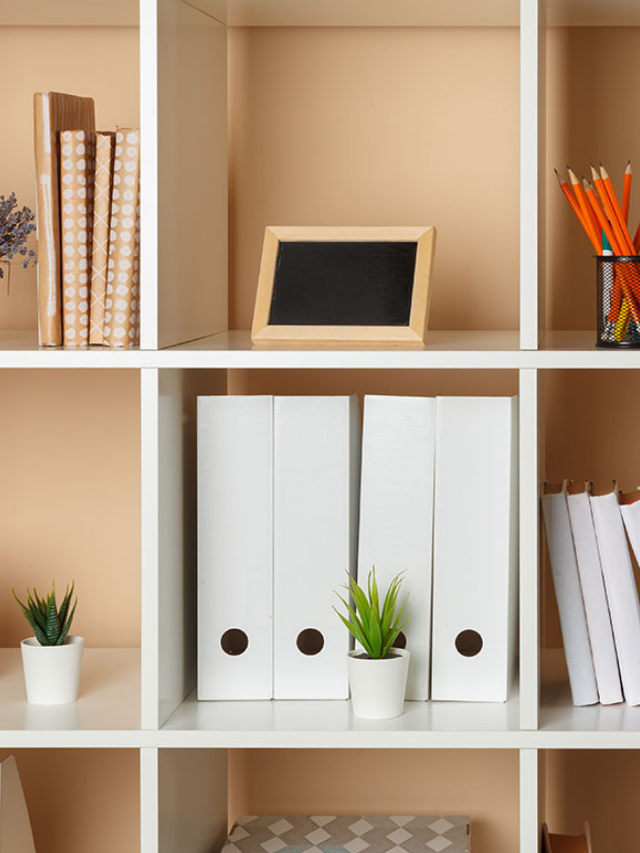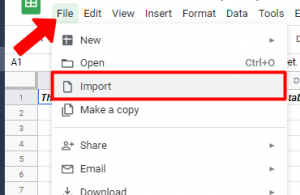5 Ways to Properly File Paperwork Without Confusion

When it comes to organizing paperwork, the methods can vary significantly based on the individual's needs, the volume of documents, and the desired accessibility. Here are five effective ways to file your paperwork without descending into confusion:
1. Use Color-Coding Systems

One of the simplest yet most effective strategies is to implement a color-coding system:
- Paper Colors: Assign different colors to various categories of paperwork, such as:
- Red for bills and financial statements.
- Blue for health-related documents.
- Green for taxes or financial investments.
- Yellow for personal documents like passports or driver’s licenses.
- Folders or Binders: Use colored folders or binders to hold different categories of documents, making retrieval instantaneous.
📝 Note: Ensure the colors are consistent across your entire filing system for uniformity and ease of recognition.
2. Implement a Filing Cabinet with Hanging Folders


- Setup: Invest in a good filing cabinet, and use hanging file folders within it to categorize documents. Labels should be clear and descriptive.
- Organization: Sort documents in a way that aligns with your workflow. You might file documents by:
- Alphabetically.
- By date.
- By department or project.
3. Create a Digital Filing System

For those looking to reduce paper clutter, or who frequently access documents on the go, consider:
- Scanning Documents: Scan important paperwork and store them digitally on cloud services like Google Drive or Dropbox.
- Naming Conventions: Use clear and uniform naming conventions for digital files, such as:
- [Category][Description][Date]_[Version], e.g., “Invoice_John_Smith_01-15-2023_V2”.
- Tagging and Searchability: Utilize file tags or metadata to make documents easy to find through searches.
🔌 Note: Ensure you have backups of your digital files. Cloud storage often has options for automated backups.
4. Use a Tickler File System

The tickler file system is excellent for time-sensitive documents or tasks:
| Month/Day | Description |
|---|---|
| January - December | Set up 12 folders, one for each month. |
| 1-31 | Create 31 daily slots within each monthly folder. |

- Place time-specific documents into the appropriate day or month.
- Each day, review the tickler file to ensure nothing is missed.
5. Adopt a Chronological Filing System

If you frequently need to refer to documents by date, a chronological filing system can be very efficient:
- Sequence: File documents from oldest to most recent or vice versa.
- Tabbing: Use tabs or labels to indicate months or years for quick reference.
- Archiving: At the end of each year, move documents to an archive folder to keep the current filing manageable.
In summary, these methods are designed to minimize confusion and increase the efficiency of document retrieval. Color-coding, filing cabinets, digital systems, tickler files, and chronological sorting each offer unique benefits that can be tailored to personal or business needs. Choose the system that best suits your workflow and remember to review and update your filing regularly to keep it clutter-free and organized.
What is the most efficient way to organize paperwork for a small business?

+
For small businesses, a combination of a digital filing system with a chronological or project-based categorization in physical folders can be most efficient, allowing for both on-the-go access and detailed organization.
How can I keep my digital filing system organized?

+
Maintain organization by using consistent naming conventions, utilizing metadata tags, setting up subfolders for different categories, and regularly archiving or deleting outdated documents.
Is it necessary to keep all paperwork in physical form?

+
Not necessarily. Many documents can be digitized, especially for reference or records. However, certain legal or critical documents still require physical copies for safety, compliance, or audit purposes.



